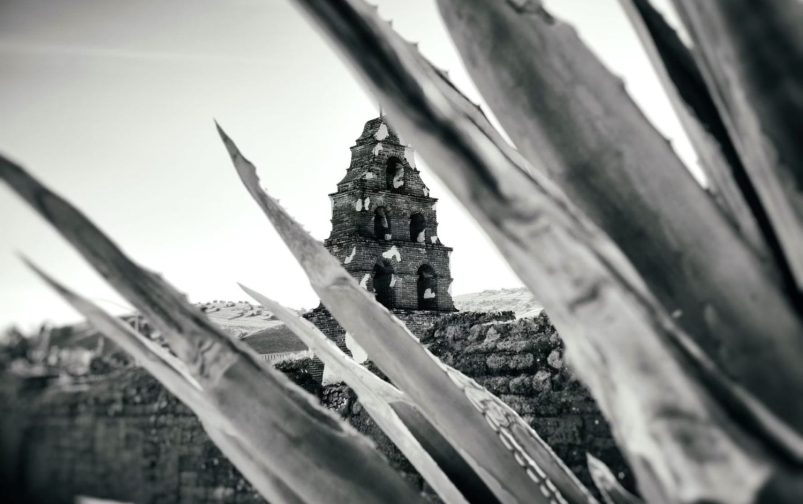Although the settlement of California did not begin until 1769, forces were at work only the year after the first voyage of Columbus, which ultimately brought Spanish missionaries to the Golden State of today. In 1493 Pope Alexander VI drew an arbitrary line on the map which was to divide the spheres of interest of Spain and Portugal, and declared that all explorers should be accompanied by “worthy, God-fearing, learned, skilled and experienced men to instruct the inhabitants in the Catholic faith.”
Controversy arose immediately. The religious element held that all men were brothers, and that newly discovered territory belonged first to the King and then to the original inhabitants. Colonists thought of the natives as sub-human beings with no rights of private ownership. The King of Spain used both of the opposing forces, first one, then the other, to advance the expansion of the Spanish Empire.
Then Charles V issued a code of “New Laws” which eventually became the foundation of the California mission system. It stated that the Indians should be permitted to live in communities of their own; they should be permitted to choose their own leaders and councilors; no Indian to be held as a slave; no Indian to live outside his own village; no Spaniard to stay in an Indian village for more than three days, and then only if he were a merchant or ill; and the Indians to be instructed in the Catholic faith.
Under the protection of these new laws, religious communities began to spring up in Mexico and Central America. Although strenuously opposed by Spanish plantation owners, and not given any great favor by the King and his viceroys, even so, the missionaries were self-supporting and provided an inexpensive means of securing frontiers against other European ambitions.
The court of King Philip II became the richest in Europe after the Spanish conquest of islands of the Pacific such as the Philippines. Spanish galleons plying the vast Pacific, bringing treasures of the Orient, needed safe harbors on the western Mexican coast. It was Vizcaino in 1602 who discovered Monterey Bay and first described Upper California as the land of “milk and honey” and the best port that could be desired, sheltered from all winds; with much wood and water; settlements of friendly Indians; springs of good water; beautiful lakes covered with ducks and many other birds; good meadows for cattle; fertile fields for growing crops. Yet the discovery gave Spain no immediate advantage. A hundred years later their influence extended only up the barren coast of Lower California, where the Jesuits had established a chain of missions.
The Jesuits had made their own rules and commanded their own security forces. This was not to be tolerated by secular elements. Eventually, the Jesuits were replaced in Mexico by the Franciscans, who were to extend the mission system into Upper California but under the control of and in cooperation with Spanish authorities.
Miguel Joseph Serra was born November 24, 1713, the son of a farmer, at Petra, Majorca, in Spain’s Balearic Isles. He was baptized at the parish church of St. Peter’s and received his first education at the Franciscan Friary of San Bernardino. Both of these buildings, as well as the rough stone birth dwelling, may still be seen at Petra. On taking his religious vows in 1730 Serra took the name Junípero, after a beloved disciple of St. Francis of Assisi. Later the little padre, scarcely over five feet tall, and who was to become the “apostle of California”, arrived in Mexico. There he and Governor Portolá planned how to extend the Spanish domain into Upper California by extending the chain of missions northward.
Due to the uncertainties of the times, the soldier and the priest decided that their first effort, to present San Diego, would be divided into five segments; three ships and two expeditions by land, all to leave at separate times. Padre Junípero Serra and the Governor, riding on mules, were in the second land party. After many hardships crossing the virtual desert, both land parties reached San Diego Bay to find only two of the ships in the harbor; with the crews, and soldiers who were passengers, badly decimated by scurvy. The third ship was never heard from. California Mission History had just begun…
